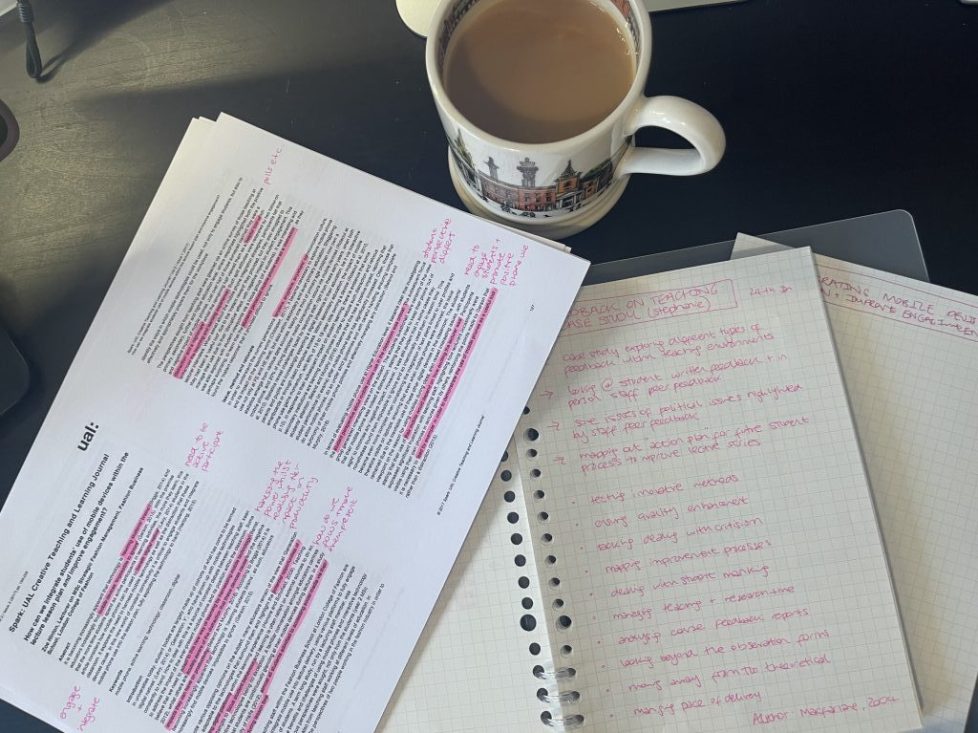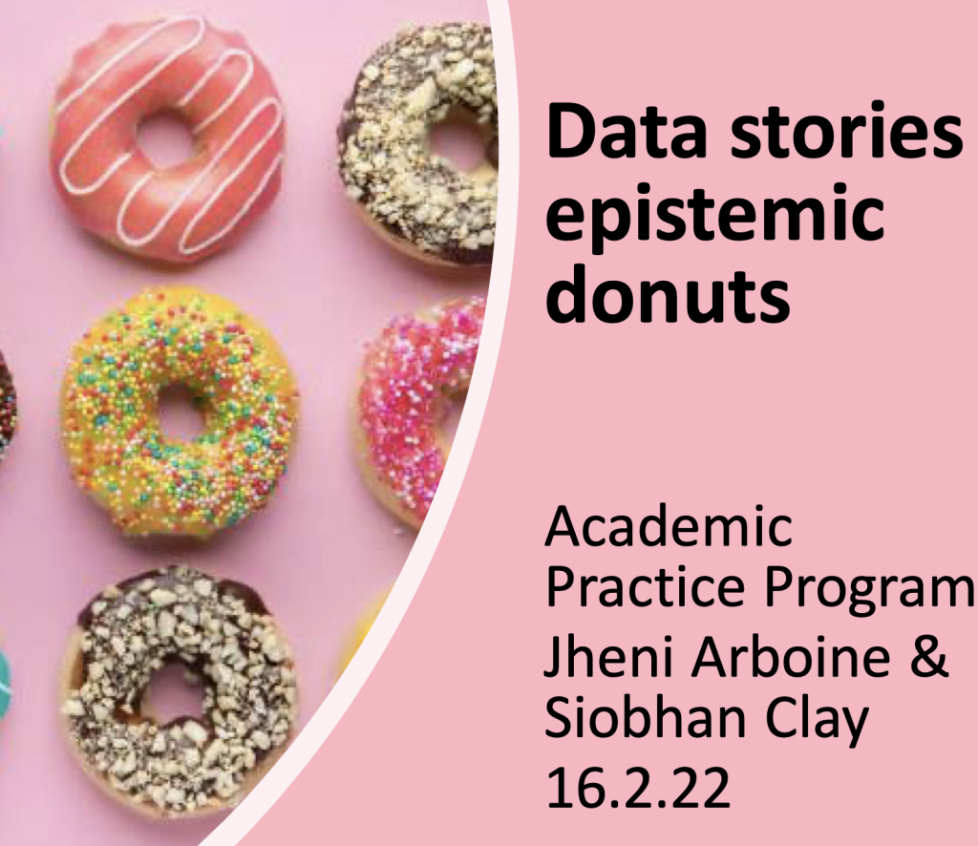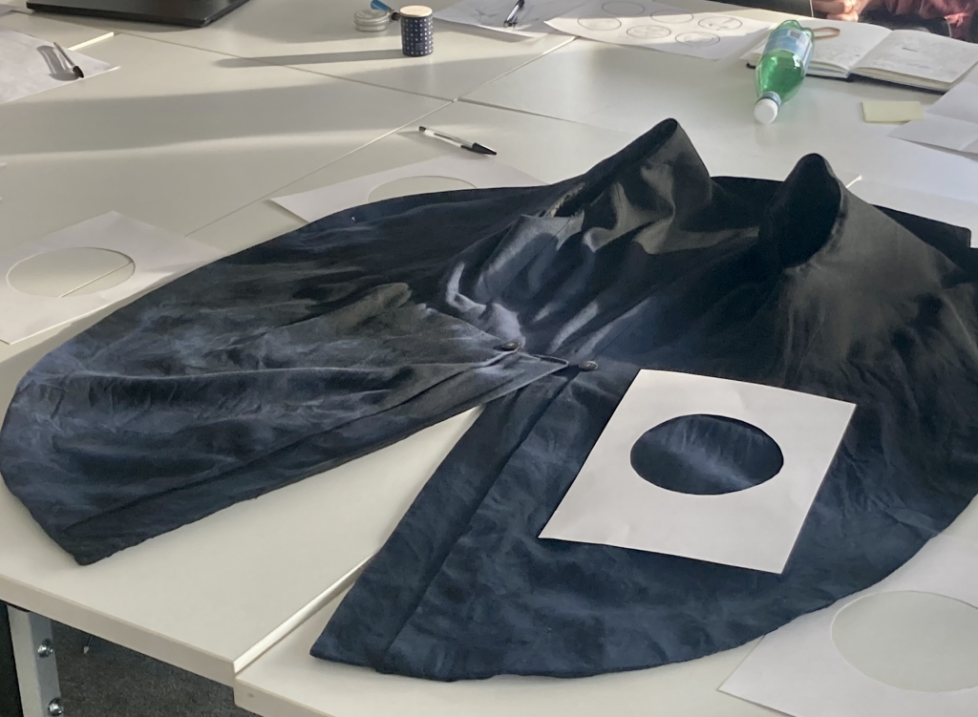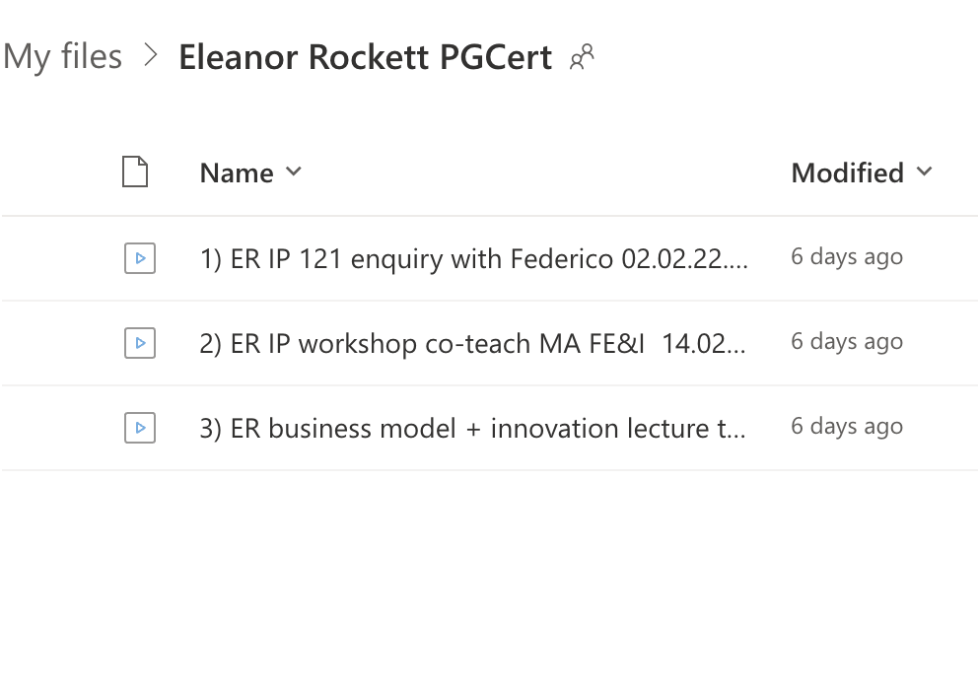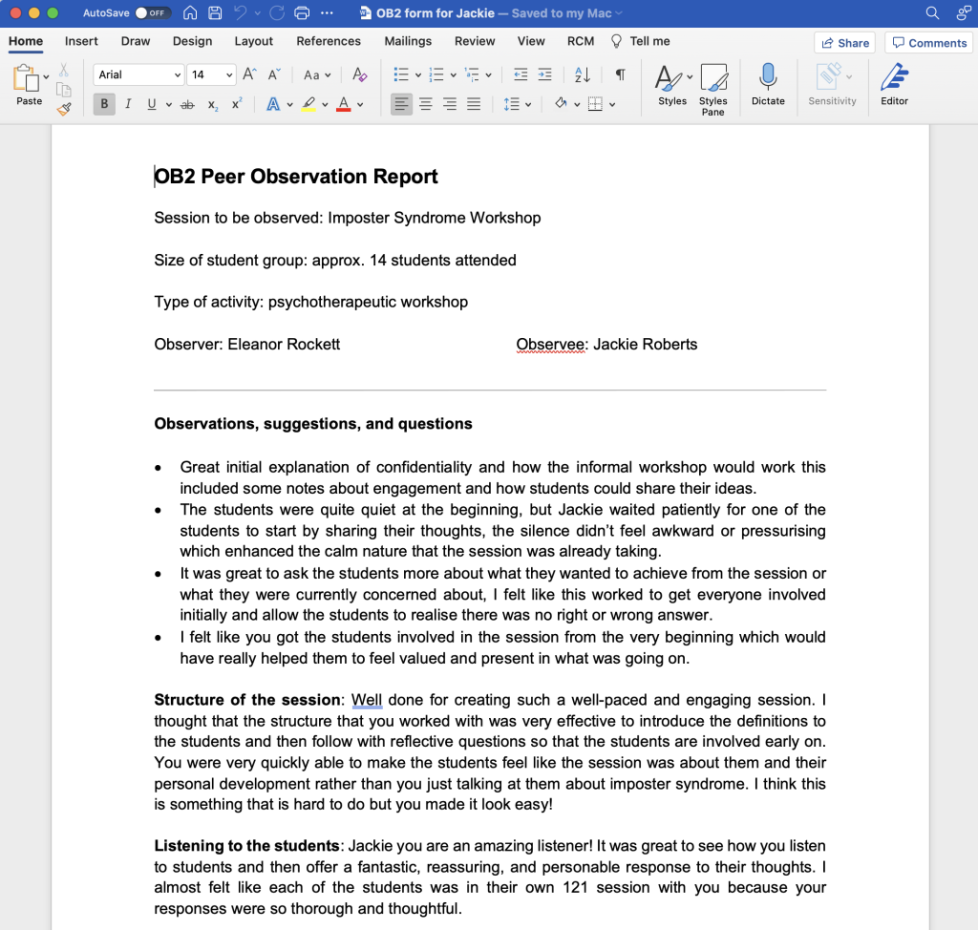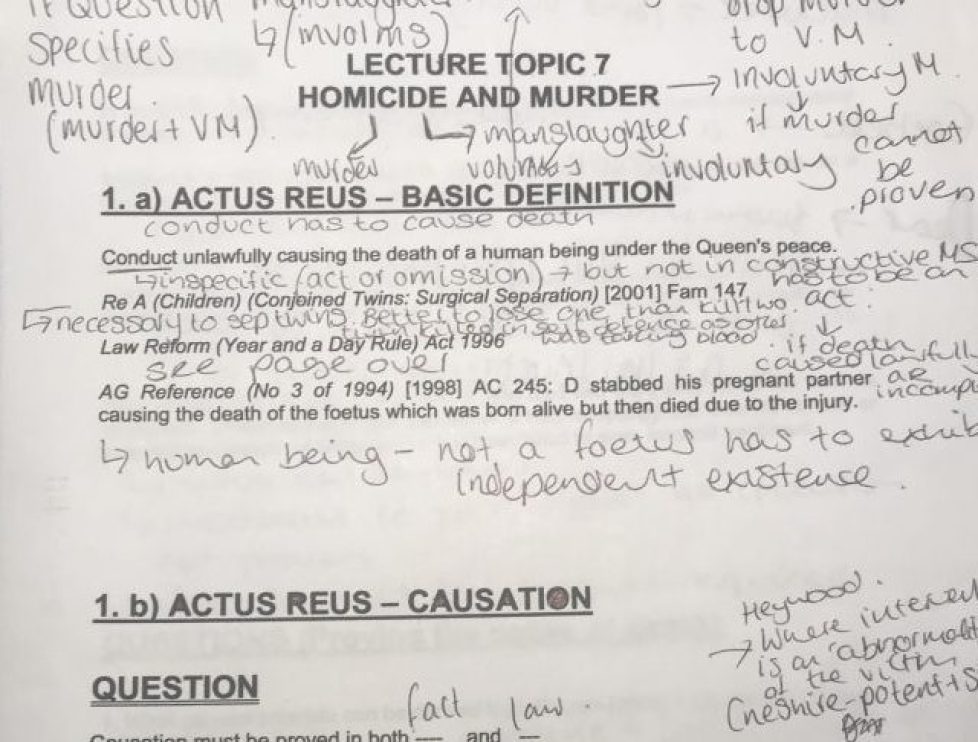Annotated bibliographies were a central part of my law school coursework. At the time they were a pain to create but I could definitely see the use in them. So I thought I’d create a simplified version to summarise some of the reading that I have done this term for the PgCert.
Dieffenbacher, F. (2018). Fashion Design Pedagogy: Is Fashion Education guilty of contributing to the problematic discourse around cultural appropriation?
- I wanted to get my head in the game with reading for the PgCert and as I had recently delivered a session on cultural appropriation I thought that this paper was a good place to start
- having struggled with this the differentiation between creativity in the classroom and commercial in internships myself as a student it was great to read about this from an academic perspective
- as an IP educator I was intrigued to find out more about how the design methodologies and processes taught in the classroom can often not differentiate between cultural appropriation and ‘inspiration’ this is a huge problem that our team tackles
Hinton, Z. (2017). How can we integrate students’ use of mobile devises within the lecture lesson plan and improve engagement? Spark: UAL Creative Teaching and Learning Journal, 2(3), pp. 196-206.
- phones are now an essential part of our every day as is instant messaging and social media so it was interesting to read about mobile use in lectures
- thinking about how we can harness the power of phones whilst also realising the impact that they have on students productivity
- how can we get the balance right between power and productivity?
- at the moment there aren’t many case studies for phone use in the classroom so there is scope for further research here that could inform staff decision making
Hughes, J. (2018). Works of heart: revisiting creativity and innovation through maker pedagogies. Spark: UAL Creative Teaching and Learning Journal, 3(2). pp.150-160.
- this case study aimed to track the development of student creativity and transferrable skills creating a movement to maker framework
- it was interesting to read about design thinking in a different way to my experiences of using design thinking for fashion business and sustainability solutions
- the case study demonstrates how widely applicable creative practice and approaches are outside of creative courses, which touches on my own work
Lumley, A. (2018). Writing and attainment in creative arts curricula: establishing and interpreting a new evidence base. Spark: UAL Creative Teaching and Learning Journal, 3(2), pp. 116-130.
- managing students writing is something that I am very involved with in my work as a dissertation supervisor for the fashion business school
- I can understand from both the perspective of the students and staff members the issues with clarity in briefs and getting the balance right between something being open ended and ambiguous.
- I can see that I have lots more to learn about the relationship between LOs and the programme content and delivery that supports the student in delivering on those LOs.
Davies, A. Learning outcomes and assessment criteria in art and design. What’s the recurring problem?
- after reading Lumley’s paper which mentioned the issues around LOs I looked at this paper to further my understanding of assessment criteria as it is something that is relatively new to me
- I can see the overarching need to improve clarity, ambiguity and definitions in assessment criteria and although I don’t write assessment criteria myself I can reflect on this as an important element in my future practice
- building strong working relationships with students can support staff in understanding where there might be some difficulties in understanding with the brief alongside creating opportunities for students to ask their questions.
